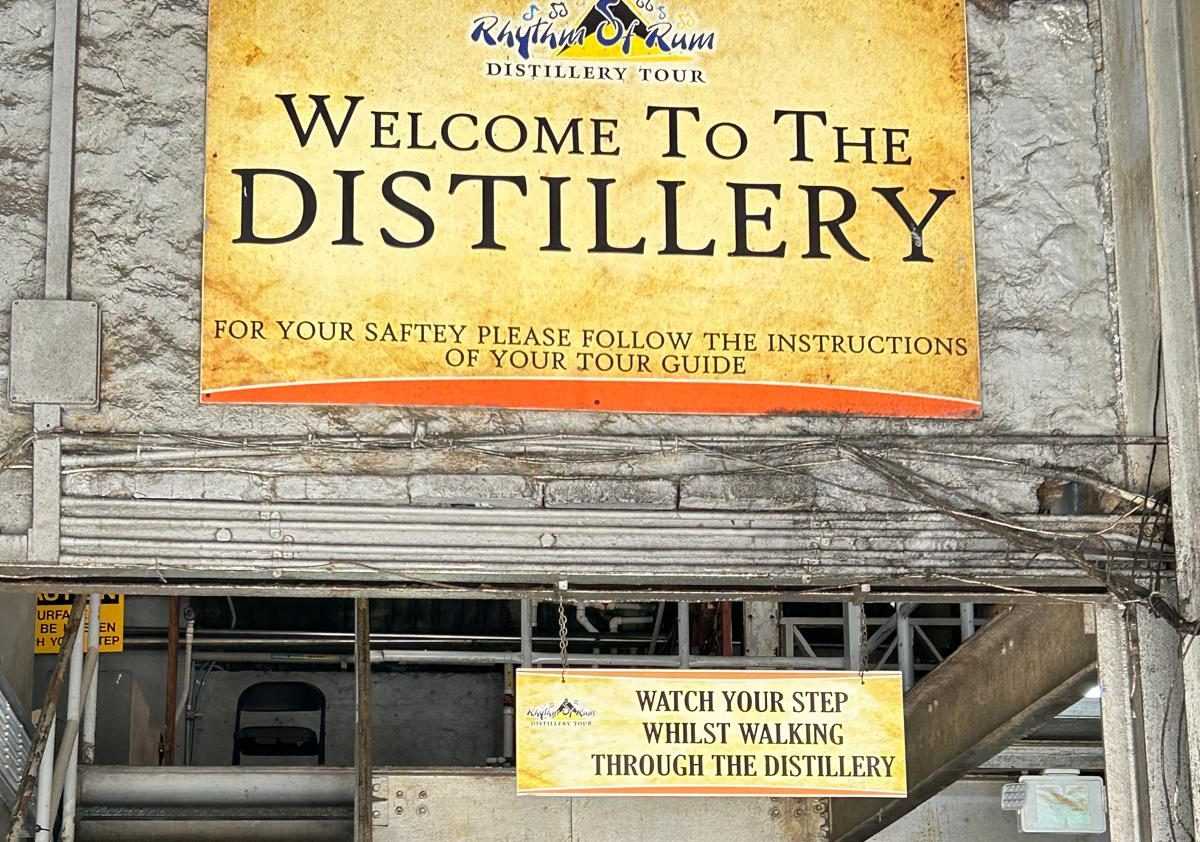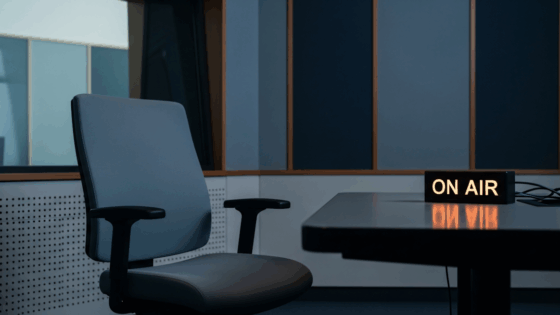on
BY SIMONE J. SMITH
St. Lucia, a tropical paradise where turquoise waters meet lush rainforests. Many come for the resorts, but the real heartbeat of this island lies beyond these walls.
It was beyond the Windjammer gates that we discovered the true essence of St. Lucia. It’s a place where the spirit of the island is embodied in its people, their traditions, and their unwavering hospitality. To truly understand St. Lucia, one must immerse in its daily rhythms, from fishing at dawn to savouring sunsets over the sea.
On the northern tip of Saint Lucia, you will find Gros Islet, the final part of our stay in St. Lucia. It is one of St. Lucia’s most populous constituencies. Despite fishing still being the mainstay for many of its residents, Gros Islet has over the years earned the reputation of being one of the island’s most popular tourism destinations.
It is the location of Pigeon Island National Landmark, which opened in 1979, and was administered by the St. Lucia National Trust. It offers breathtaking views from its elevated terrain, including nearby Martinique. The Landmark is replete with remnants and stories of the island’s turbulent war years, including rusty ship anchors, bunkers and cannons. These amenities add to the ambience for Main Stage Jazz held there as part of the annual St. Lucia Jazz Festival.
When we arrived at Gros Islet, we eagerly checked into our charming Airbnb, and our anticipation grew with each passing minute. The cozy space instantly felt like a home away from home, and we quickly changed into more comfortable clothes. With a sense of excitement and curiosity, we were ready to immerse ourselves in the vibrant local culture, eager to explore the nearby markets, taste the regional cuisine, and experience everything this unique destination had to offer.
Local vendors were selling fresh fruits, handcrafted jewelry, and colorful fabrics. I loved the fact that even though we were clearly strangers in their world, the locals greeted us with smiles and curiosity. We didn’t stay out very long the first night; we were curious, so we wandered the streets taking in everything around us. After grabbing a quick bite, we went home and got some rest; it was going to be an exciting few days.
We want to take this moment to thank the St. Lucia Tourist Board for curating our St. Lucian adventure. Our driver (Willet McLean) was scheduled to pick us up at 8:30 am, and that rising, my stand-in photographer Anandie Talfie and I were up bright and early prepared to take on the day. We grabbed breakfast at a local breakfast spot (yumm, channa on a bun, and coffee), and went to meet our driver. Today, we were going to embark on a journey to discover one of the island’s hidden gems: the St. Lucia Rum Distillery.
Nestled in the heart of the island, this distillery has been crafting exquisite rum for generations. Let’s step inside and explore the magic behind St. Lucia’s finest spirits. St. Lucia Distillers (located in the Roseau Valley on the west coast of St. Lucia) produces world-class rums and liqueurs. The tour is for people who enjoy rum and want to gain a better understanding of all that goes into making this spirit. St. Lucia distillers are known for the art of blending, and they were pleased to share their knowledge with us.
A passionate team of distillers, blenders, engineers, technicians and administrative staff work together to produce some of the world’s best rums and rum products. St Lucia Distillers Group of Companies products have been recognized at the world’s most exacting competitions, and they have won over 200 medals and commendations. The company prides itself on its commitment to product development and has an offering of over 25 rums and rum products from premium rums and liqueurs to traditional pouring rums.
As we entered, the rich aroma of molasses and oak barrels filled the air. Here, we learned that skilled artisans blend age-old techniques with modern innovation to create rums that capture the essence of St. Lucia. Our tour guide shared some of her knowledge with us.
“Welcome,” she began. “Today, we’ll take you through the process of rum-making, from the harvesting of sugarcane to the aging of our finest blends. It all starts with the harvesting of locally grown sugarcane. The cane is crushed to extract the sweet juice, which is then fermented to produce a rich, flavorful mash. Next, the mash is distilled in these traditional copper stills, a process that purifies the liquid and concentrates its flavors. The distilled spirit is then aged in oak barrels, allowing it to develop its complex character and smooth finish. Each barrel tells a story of time and craftsmanship.”
No visit to the distillery is complete without a tasting session, and we had a chance to savour the unique profiles of St. Lucia’s rums, from light and crisp to dark and rich. I want to share with you some of the rums we had a chance to sample while there:
Admiral Rodney
Admiral Rodney is one of the world’s finest rums. Made from 100% continuous still rums, Admiral Rodney is St. Lucia Distillers flagship in terms of age and complexity. The rum commemorates the English Admiral Rodney who famously “broke the line” and vanquished the French fleet at the Battle of the Saints in 1782.
Bounty
Bounty is called “The Spirit of St. Lucia” and was established in 1972 as the principle rum brand of St. Lucia Distillers, a united venture created when the last two distilleries on the island: the Dennery Distillery and Roseau Bay Distillery, merged. BOUNTY rum captures and conveys the island’s most dynamic and festive qualities, which stem from the island’s traditional and cultural roots.
Chairman’s Reserve
Chairman’s Reserve was first blended in 1999 and was overseen by the then Chairman, Laurie Barnard who conceived a quality rum, which was blended using continuous and pot still rums coming on stream after ageing. Local demand has been phenomenal, and the brand has expanded internationally, where the versatility of the rum makes for great cocktails.
Denros
Denros St. Lucia Distillers overproof rum is a staunch favourite among rum drinkers in St. Lucia. It is used in punches, or straight by the more adventurous.
Marigot Bay Cream Liqueurs
Marigot Bay Cream Liqueurs are made from St. Lucian: rum, real cream, and natural flavours. Just a hop, skip, and a jump away is picturesque Marigot Bay, an intimate tropical oasis that captures the heart and beauty of the island, much like Marigot Bay Cream Liqueurs. Flavors include chocolate coffee, peanut, spiced, banana and coconut.
Midnight Ridea
Midnight Ridea is a sweet, fortified wine with a citrus apple taste and a smooth, but powerful finish.
Sting Powera
Sting Powera is a robust fortified wine with vitamins, iron, and Bois Bandé. Sting gives a potent and arousing rush allowing the drinker to be less inhibited.
Z Moss
Z Moss is a blend of St. Lucian natural: sea moss, coconut, and ginseng. Rich and creamy with a pleasant velvety mouthfeel, Z Moss is a natural but potent Caribbean experience.
As our visit came to an end, we left with a deeper appreciation for the artistry and dedication behind every bottle of St. Lucia rum. It’s more than just a drink; it’s a taste of the island’s heritage. So, whether you’re a connoisseur or a casual enthusiast, a trip to the St. Lucia Rum Distillery is a journey worth taking. Cheers to the spirit of St. Lucia! Next stop; lunch at Stonefield Villa Resort’s Mango Tree Restaurant.
Stay in the loop with exclusive news, stories, and insights—delivered straight to your inbox. No fluff, just real content that matters. Sign up today!
We, as humans are guaranteed certain things in life: stressors, taxes, bills and death are the first thoughts that pop to mind. It is not uncommon that many people find a hard time dealing with these daily life stressors, and at times will find themselves losing control over their lives. Simone Jennifer Smith’s great passion is using the gifts that have been given to her, to help educate her clients on how to live meaningful lives. The Hear to Help Team consists of powerfully motivated individuals, who like Simone, see that there is a need in this world; a need for real connection. As the founder and Director of Hear 2 Help, Simone leads a team that goes out into the community day to day, servicing families with their educational, legal and mental health needs.Her dedication shows in her Toronto Caribbean newspaper articles, and in her role as a host on the TCN TV Network.













